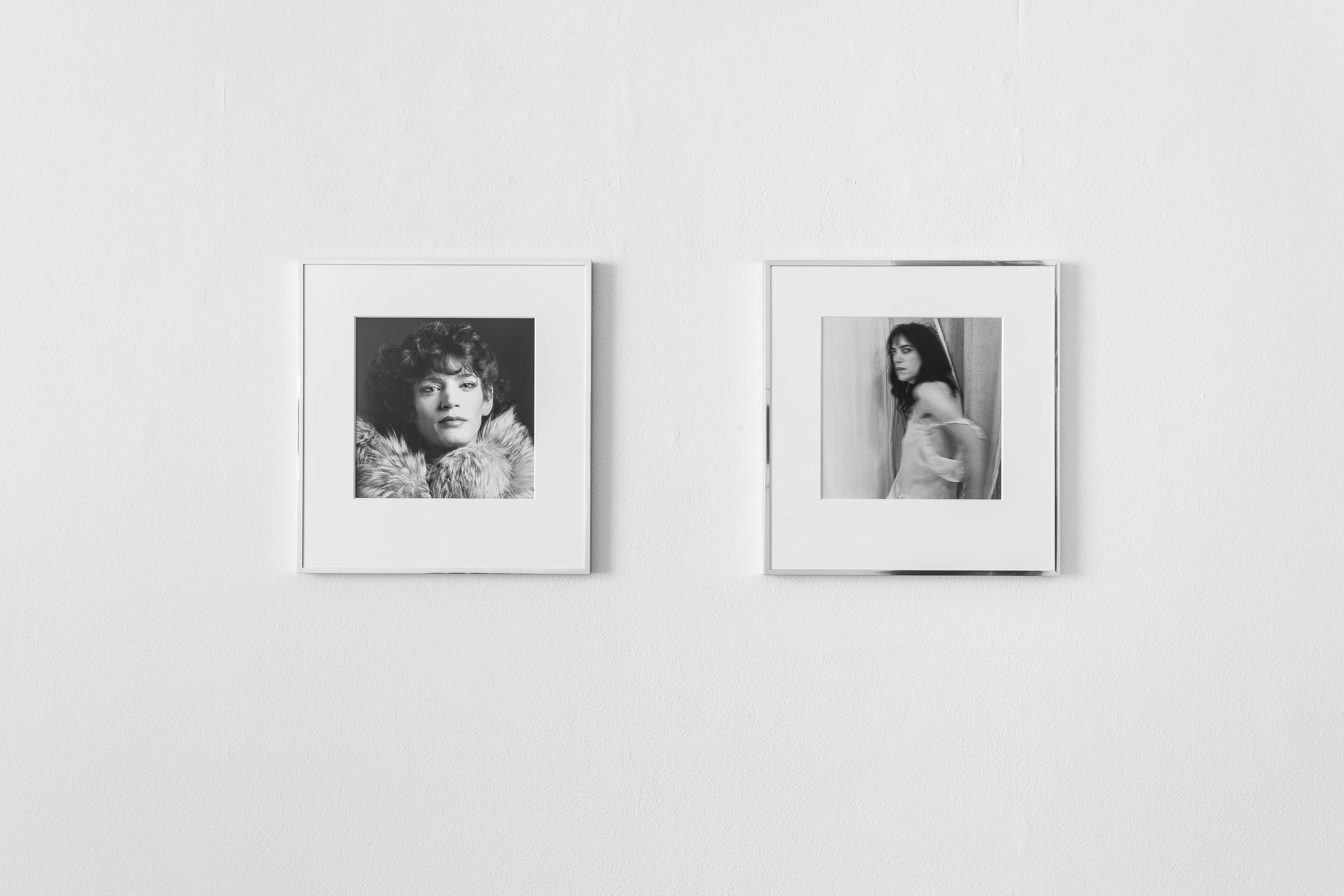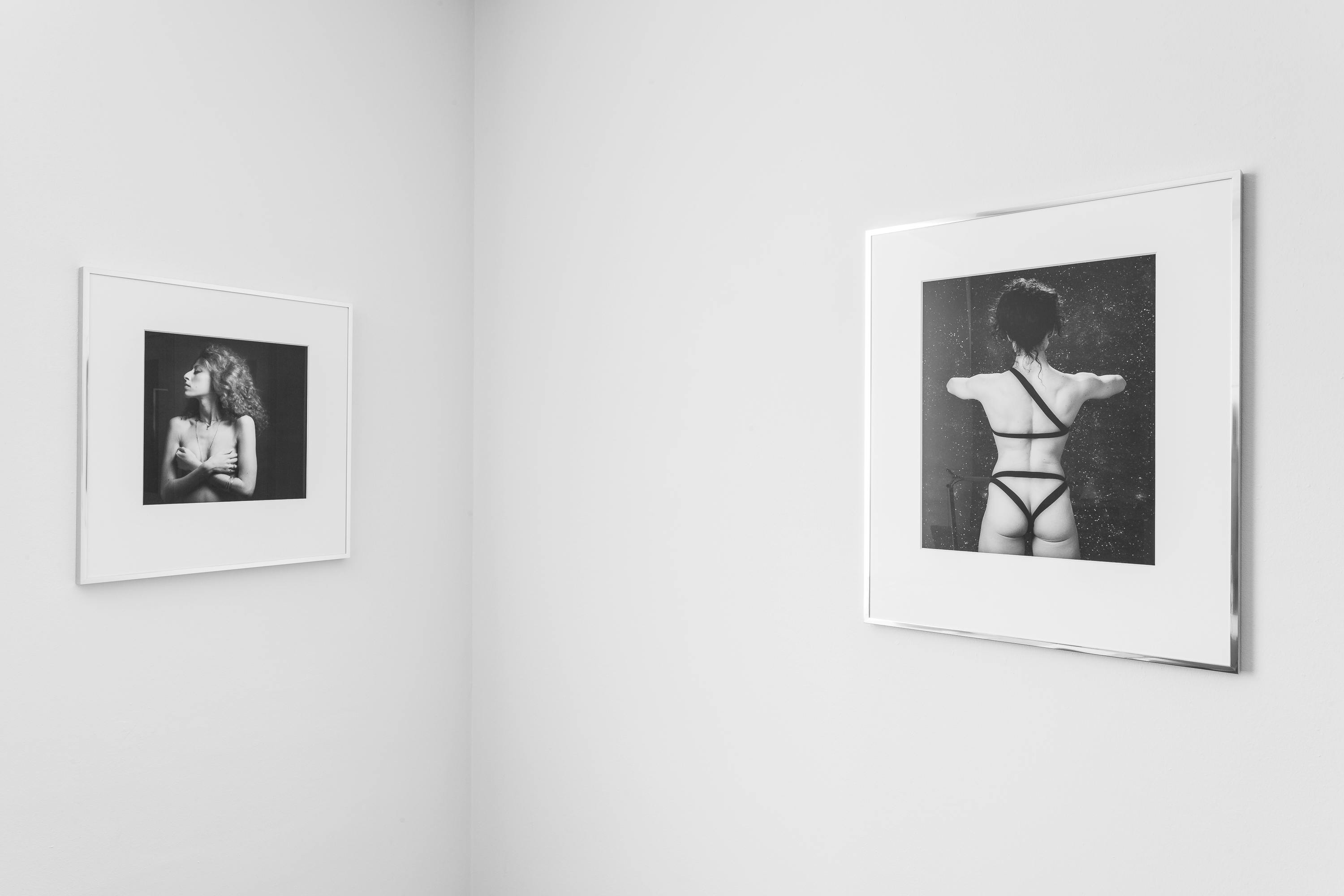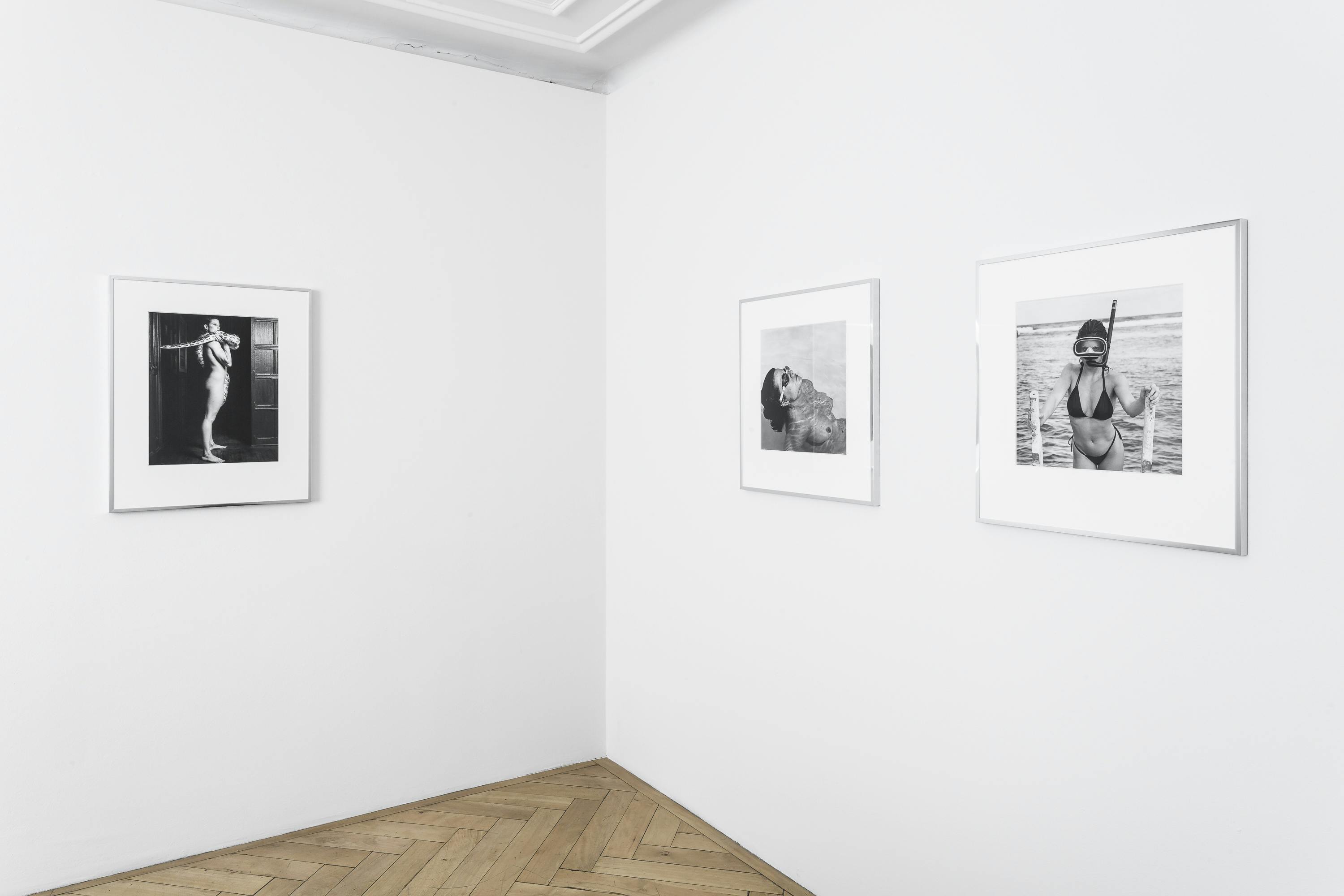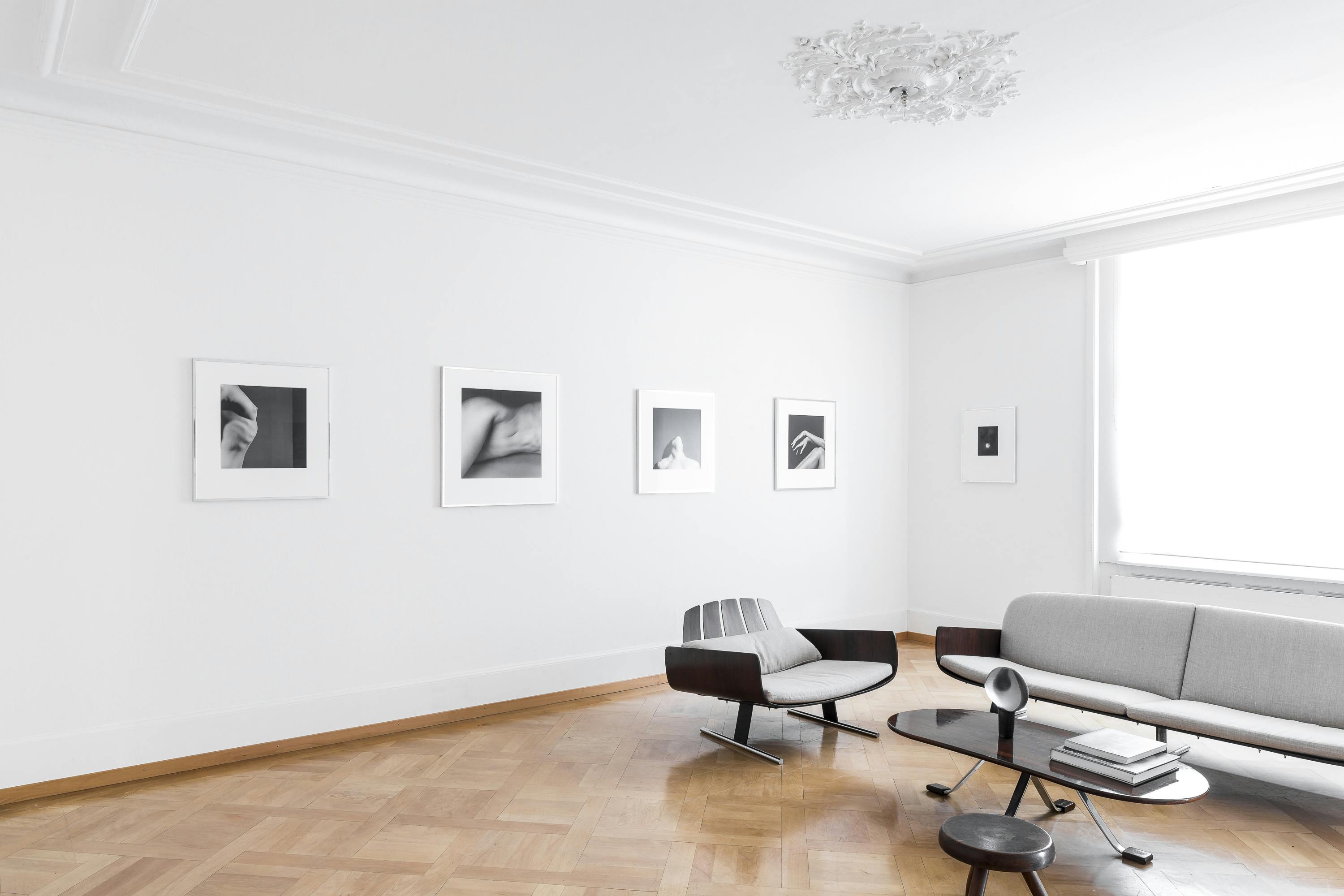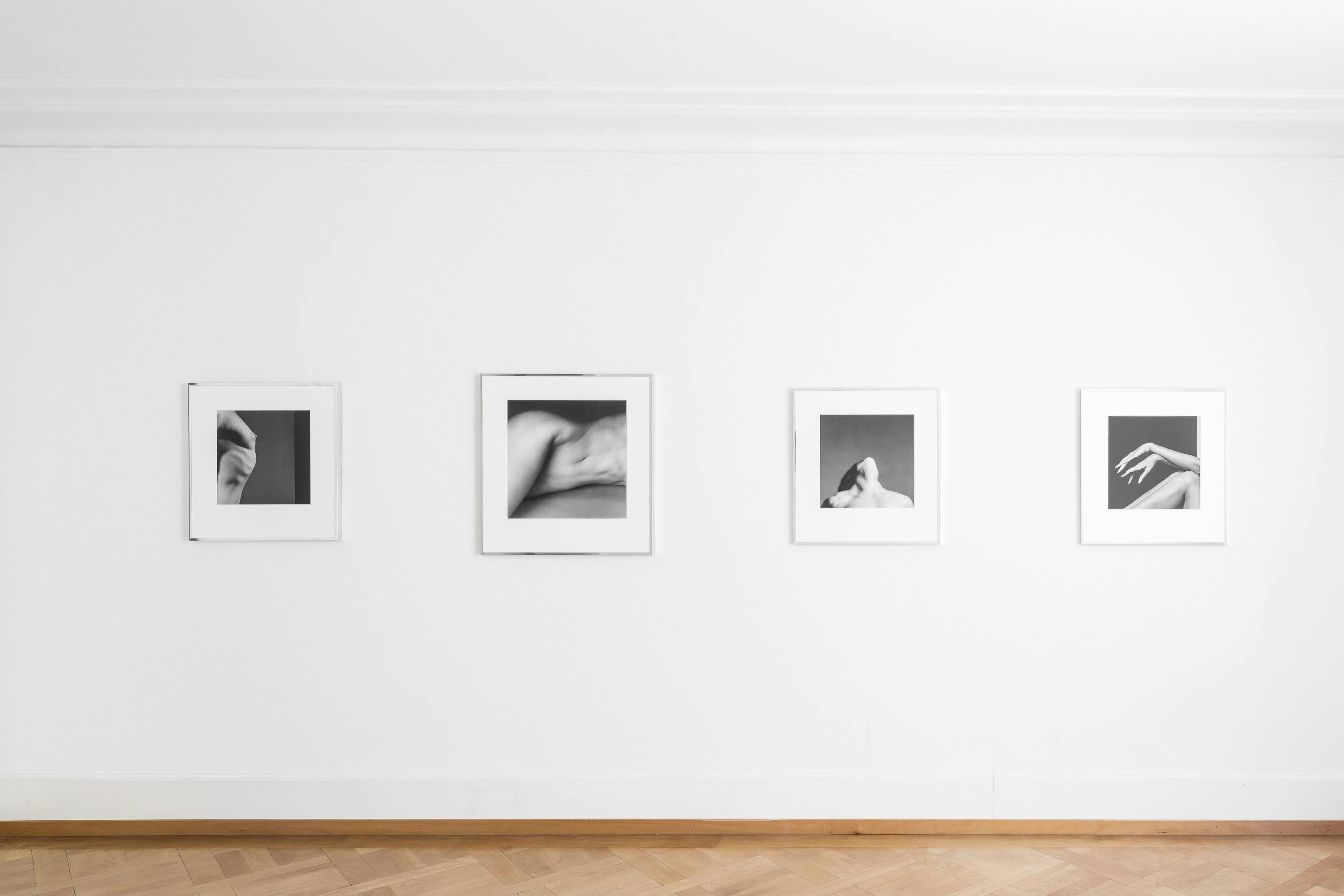Photography is a medium that measures the passing of time as rhythmically as any metronome. It unmistakably captures the spirit of an era. During the late 70s and 80s – at the height of Robert Mapp- lethorpe’s creative career before his untimely death in 1989 – the eclecticism widely described as „postmo- dernism“ was predominant not only in architecture, but also in fashion, design and photography. Apart from the punk movement, which was a reaction to the seemingly inexhaustible status-driven consumerism of the day, the main sources of inspiration were Classical Antiquity and Neoclasssicism as supposed models and fonts of citation. As so often happens, any such emerging movement inevitably also provokes serious confrontation and critical dialogue: in the field of architecture, for instance, Aldo Rossi was at the centre of debate on the light-hearted adoption of ancient themes, while in the field of photography Mapplethorpe became the focus of discussion about the superficial appropriation of classical notions of beauty. It is against this background that his photographic oeuvre can be judged and critically appraised by the public.
Robert Mapplethorpe (born 1946 in Queens NY, USA; died 1989 in Boston, MA, USA) studied Fine Arts from 1963 at the Pratt Institute in Brooklyn NY, where he created sculptural mixed-media collages using found material, influenced by the works of Joseph Cornell and Marcel Duchamps. From 1970 onwards, he began to include his own Polaroids in his works, and shifted his focus increasingly towards photography. He had his first solo exhibition in 1973, featuring his Polaroids, and from 1975 onwards he began using a Hasselblad camera to create medium-format photographs. His photographic oeuvre openly celebrated his homosexuality, often provoking conservative critique. In addition to nude studies, his photographs also included still lifes and portraits, and he worked for a number of media outlets such as Warhol‘s magazine Interview.
Mapplethorpe exhibited widely and with considerable success. His works were shown at the 1977 Docu- menta 6 in Kassel, and in 1988 the Whitney Museum held the biggest show of his lifetime. Since then, many renowned international institutions have presented his oeuvre. A major retrospective will be launched in 2016 by the Getty Museum, Los Angeles and the LACMA Los Angeles County Museum of Art.
Mapplethorpe’s photography has become synonymous with the application of classical ideals to modern art. His technical precision left nothing to chance and the objective photographic approach he took towards his models, as though he was documenting sculptures, was highlighted all the more by his focus on isola- ted details of individual body parts. Mapplethorpe positively conjured beauty and, in doing so, pitted his own ideal of beauty against the widespread trivialisation and instrumentalisation of the ideal of beauty.
The exhibition femmes, which is his first devoted entirely to the theme of the female, includes among others photographs of Lisa Lyon, the first World Women’s Bodybuilding champion, who was a frequent sitter and muse to Mapplethorpe, as well as fashion-oriented portraits and nude studies of Jennifer Jakobson and self-portraits of Mapplethorpe as drag queen.
Mai 36 Galerie has represented the work of Robert Mapplethorpe since 1988. (Text: Axel Jablonski)






